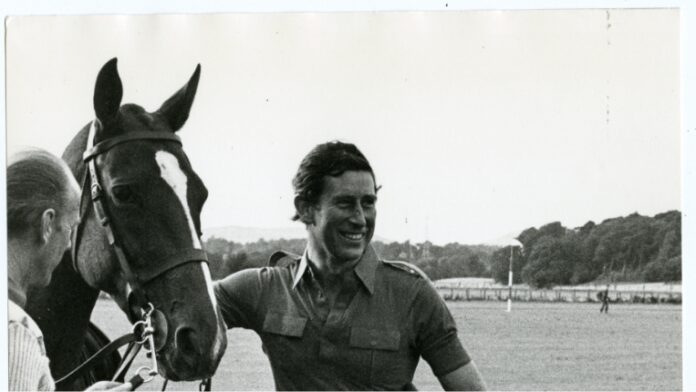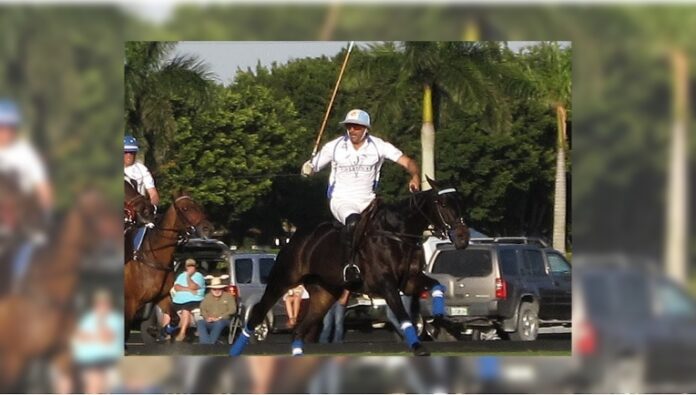Governing bodies of Polo
The USPA has been actively engaged in developmental activities in the field of polo, ever since its inception. One of the most active and operational associations for the game in the world, it has novel events of expansion to boast of every other year. At the beginning of the 1980s itself, the membership of the USPA nearly doubled from 1700 members and 146 clubs to more than 3000 members and 200 plus clubs. In 1981 the licensing program for the USPA was formed in order to deal with its trademarks and as a medium to promote the sport around the globe. In another attempt at the better promotion of the game, the Federation of International Polo (FIP) was launched in 1982. The United States Polo team comprising some of the best players of the world; Julio Arellano, John Wigdahl, Horton Schwartz, and Charlie Bostwick won the FIP World Cup in Berlin, in 1989.
Expansion of the game: The United States and India
In 1983 and 1984, Tommy Wayman was given a rating of 10, unprecedented in American history. Around the same time Indoor Polo, also called Arena Polo, began to be played at the Los Angeles Equestrian Center in Griffith Park. The game is a smaller version of outdoor polo, with three players on each side, a smaller field, a rubber ball, and played for only four chukkers.
During this decade, more clubs started being founded with the sport gaining momentum. One such club was Empire, founded in 1987 close to Indio’s famed Eldorado club. The existing clubs made attempts for wider reach in order for the game to flourish. An example of this is the New Orleans Polo Club that facilitated Tulane University’s involvement in Polo during the end of the 1980s and the beginning of the 1990s. Meanwhile, in 1986 the USPA shifted its national headquarters to a more central location in the heart of the thoroughbred country, Lexington, Kentucky.
In India, before Independence, the game of Polo was seen mostly as a regal pastime. After 1947, the game was predominantly ruled by the army. But later in the 1980s and 1990s the game fascinated civilians and a plethora of private polo clubs began to come up.





